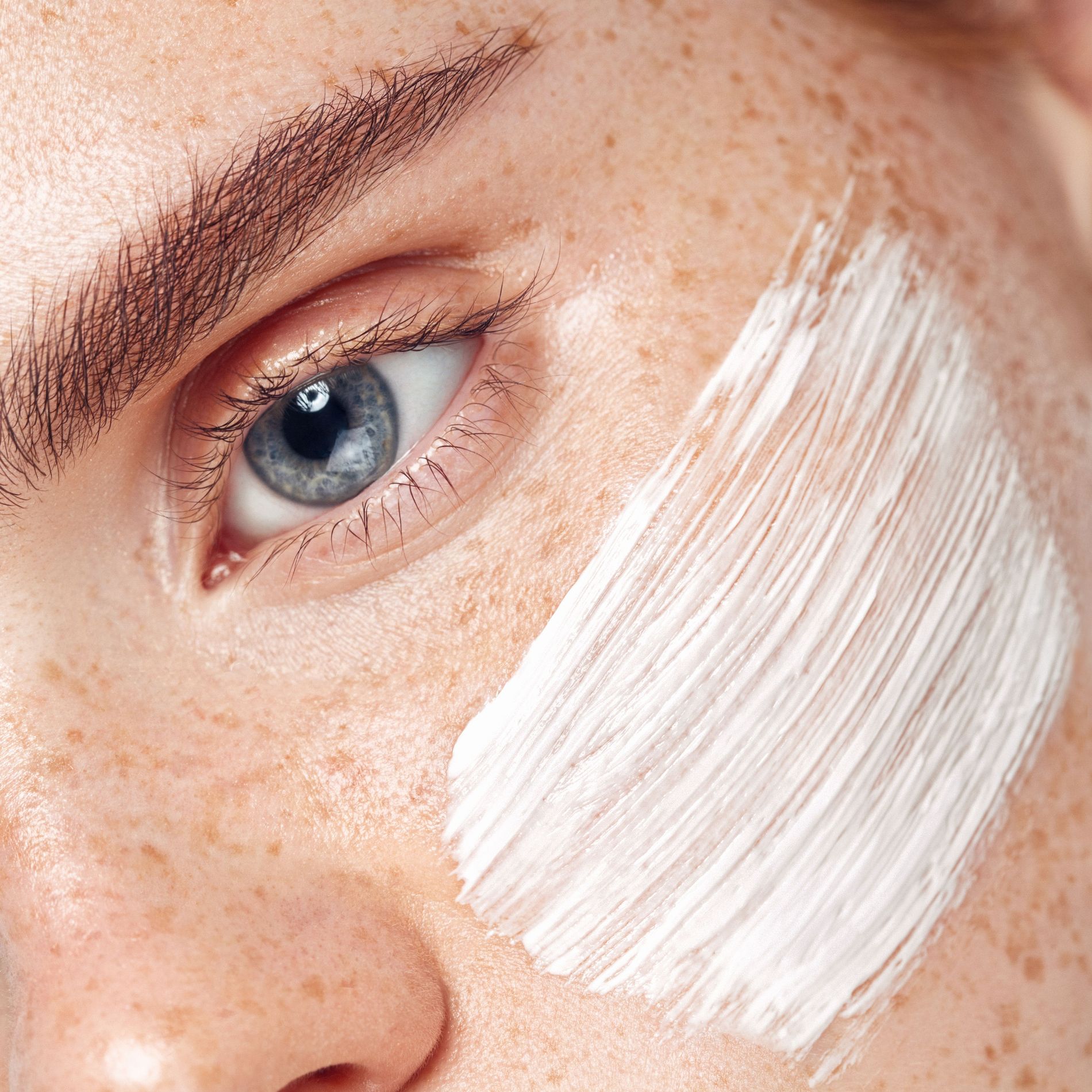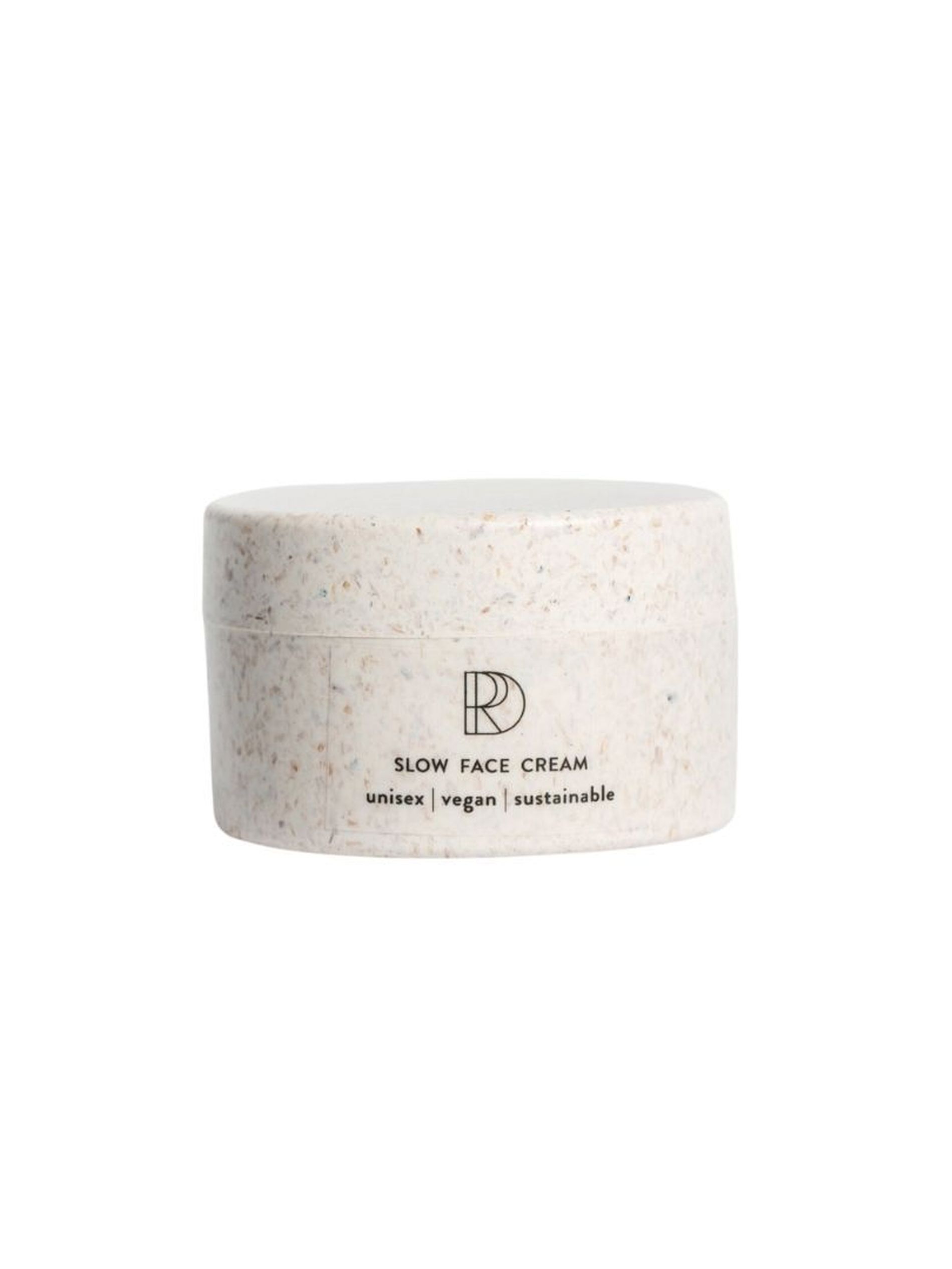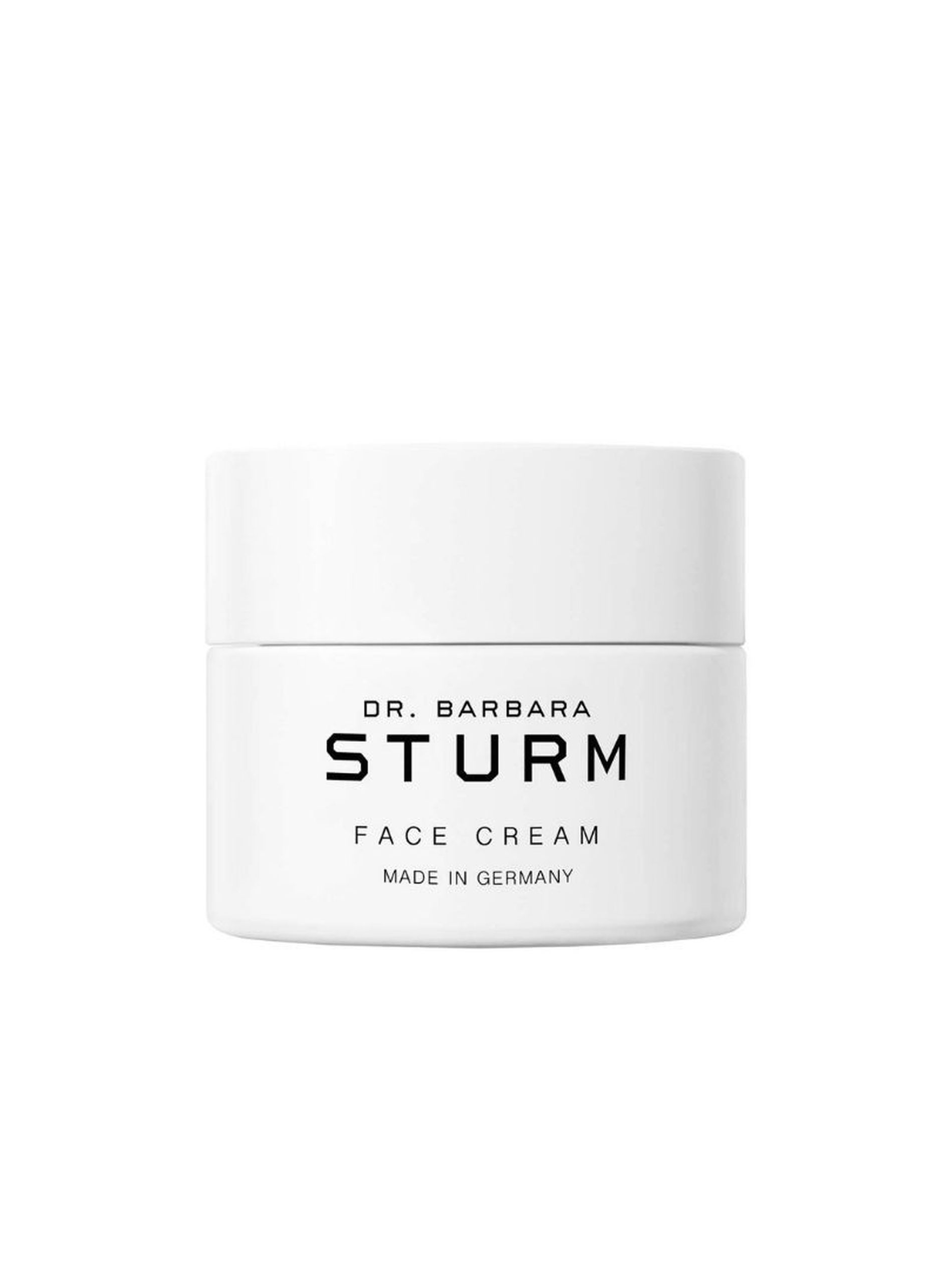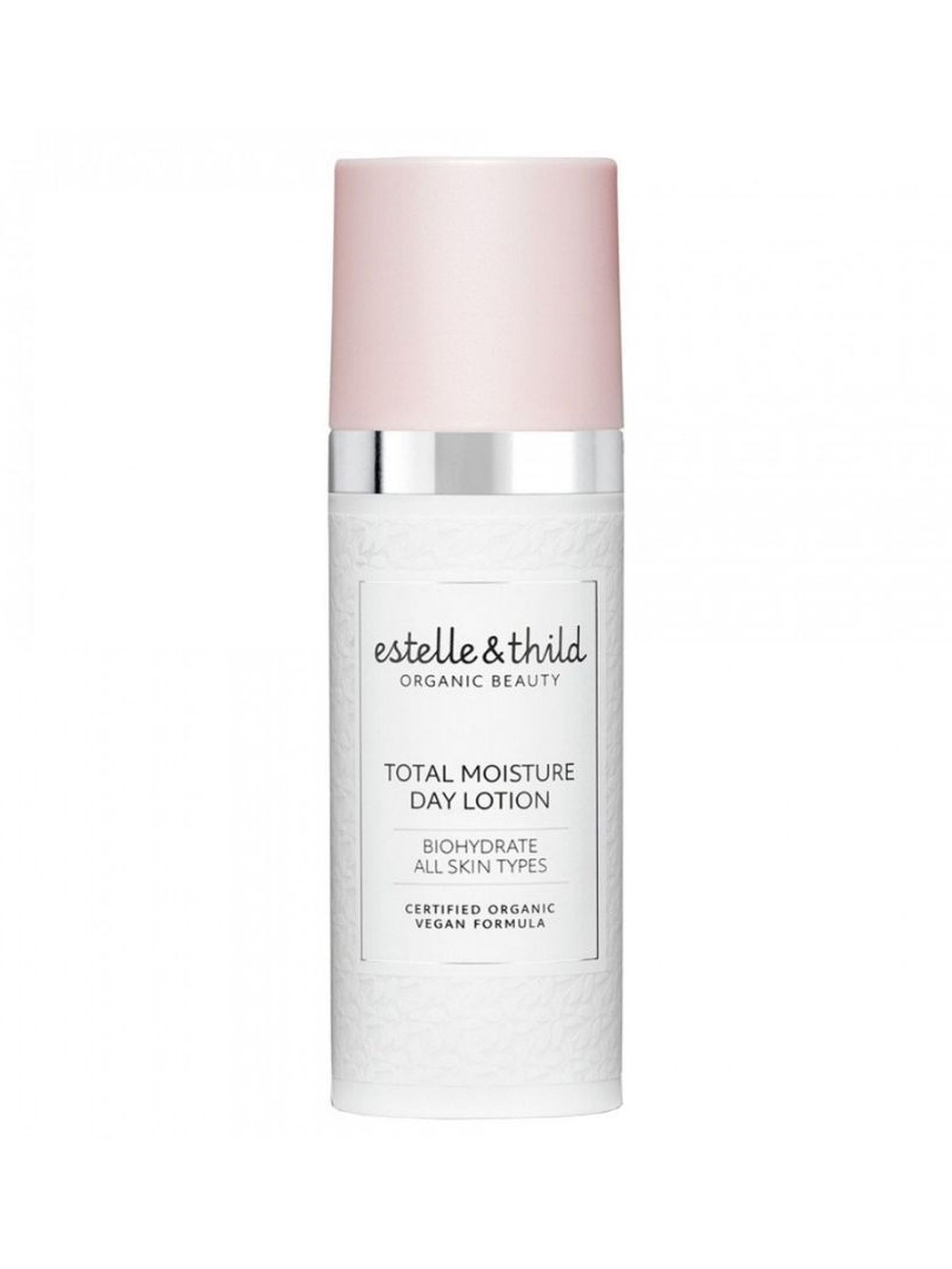Moisture is essential for a good glow, but should we be scaling back how much we apply?
All products featured on Vogue Scandinavia are independently selected by our editors. However, when you buy something through our retail links, we may earn an affiliate commission.
We’re all familiar with the old adage that you can have too much of a good thing. Skincare regimes that balloon to excess, with multiple essences, serums and moisturisers, are good theatre on social media. But a recent movement suggests we make skin behave more efficiently, with less (#skinimalism, as it’s trending on social media). That means fewer ingredients and avoiding endless layers of product to resuscitate basic skin functions. It makes sense: a more is more approach doesn’t automatically guarantee better skin.
Hydration is the lynchpin of any regime, especially when faced with wintery temperatures. But even moisturisers can have a bad side. “If your skin is constantly laden with heavy creams, it sends a signal to its water reservoirs to halt production of water, lipids and proteins,” says celebrity aesthetician Dr Barbara Sturm, whose pared-back product philosophy is a hit in the Nordics.
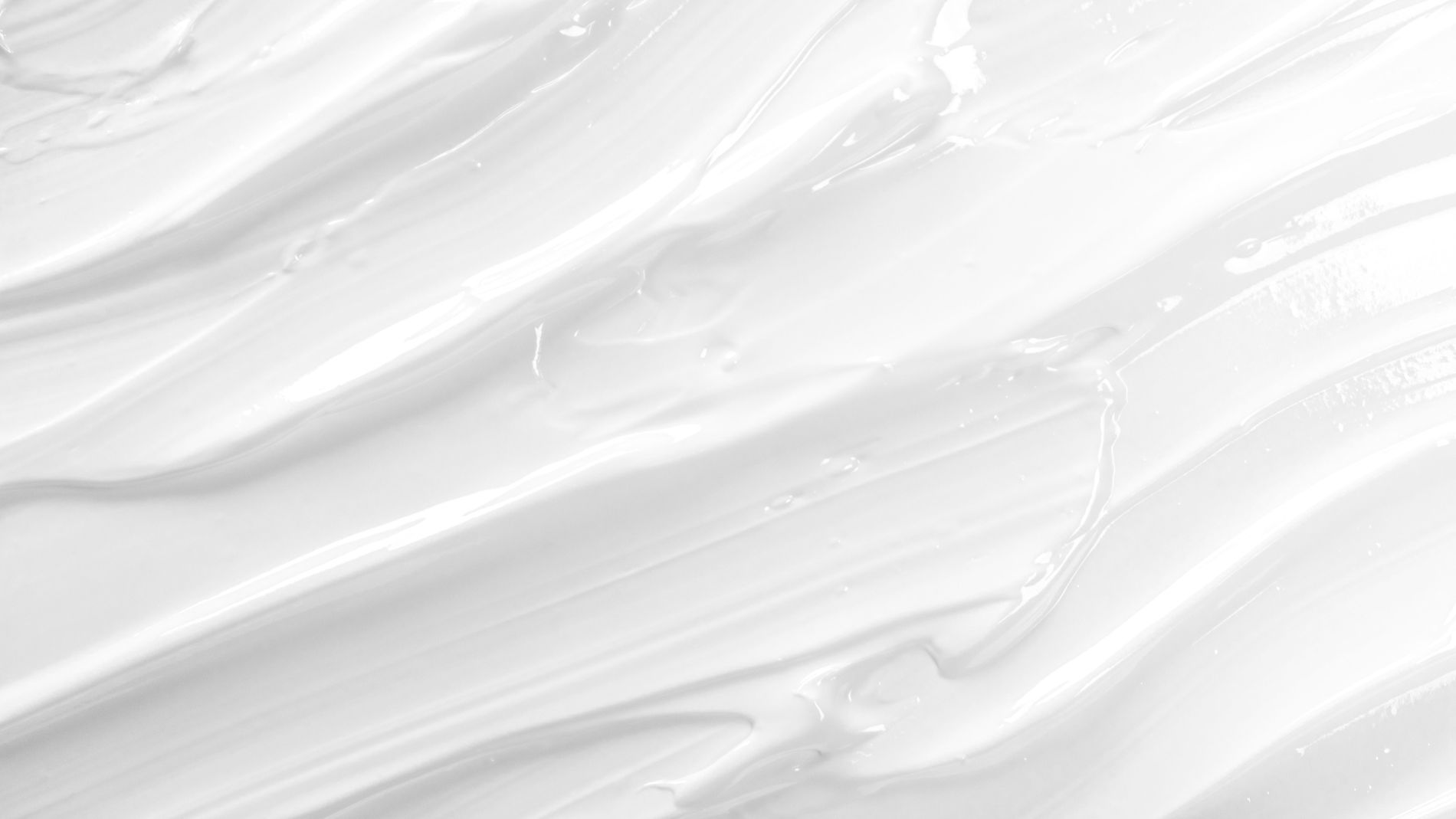
Photo: Getty
Very rich moisturisers will only sit on top of the skin and make your skin sweat underneath, clogging the pores
Dr. Barbara Sturm
The result? “A weaker skin barrier and product dependency,” says Rebecca Dufour Partanen, founder of Stockholm-based RDP Skincare. When overdoing it, your skin produces less hydration on its own, which then becomes a self-fulfilling prophecy: skin becomes lazy and drier, so we reach for even thicker, creamier formulas.
As if that’s not bad enough, “very rich moisturisers will only sit on top of the skin and make your skin sweat underneath, clogging the pores,” says Sturm. She favours using a combination of humectants such as glycerin and sorbitol, which attract water molecules and add them back to the skin, layered over a hyaluronic acid serum. You’ll find both in Sturm’s Face Cream, while Estelle & Thild BioHydrate Total Moisture Day Lotion combines glycerin with sodium hyaluronate for a hydrating hit.
It’s also a case of being more conscientious about your chosen products. Instead of a separate moisturiser for day and night, RPD Skincare is based solely around the Slow Face Cream, which is laced with glycerin, probiotics, aloe water, shea butter and skin-brightening vitamin C. Tellingly, Augustinus Bader’s cult The Cream asks that you remain devoted to it for 27 days, using nothing else (apart from cleanser). Its patented TFC8 complex, which acts like a ‘skin GPS’, steers vitamins and amino acids to where they are needed to regenerate skin cells. To keep skin pH in balance, Woods Copenhagen recommends the twice-daily application of its Daily Hydra Cream with replenishing hyaluronic acid, algae and antioxidant vitamins. Likewise, the dual-purpose Tromborg Deluxe Face Cream Day & Night Moisturizer focuses on softening the surface of the skin with macadamia oil while also strengthening collagen fibres with amino acids.
“Many day and night creams actually have similar ingredients in them,” says Partanen. “I chose to have just one face moisturiser that addresses skin’s needs to reduce the products we buy. I still recommend layering an SPF50 over the top to minimise the risk of premature ageing and skin cancer. But this is a more sustainable and minimalistic approach that benefits the skin and the planet.”
